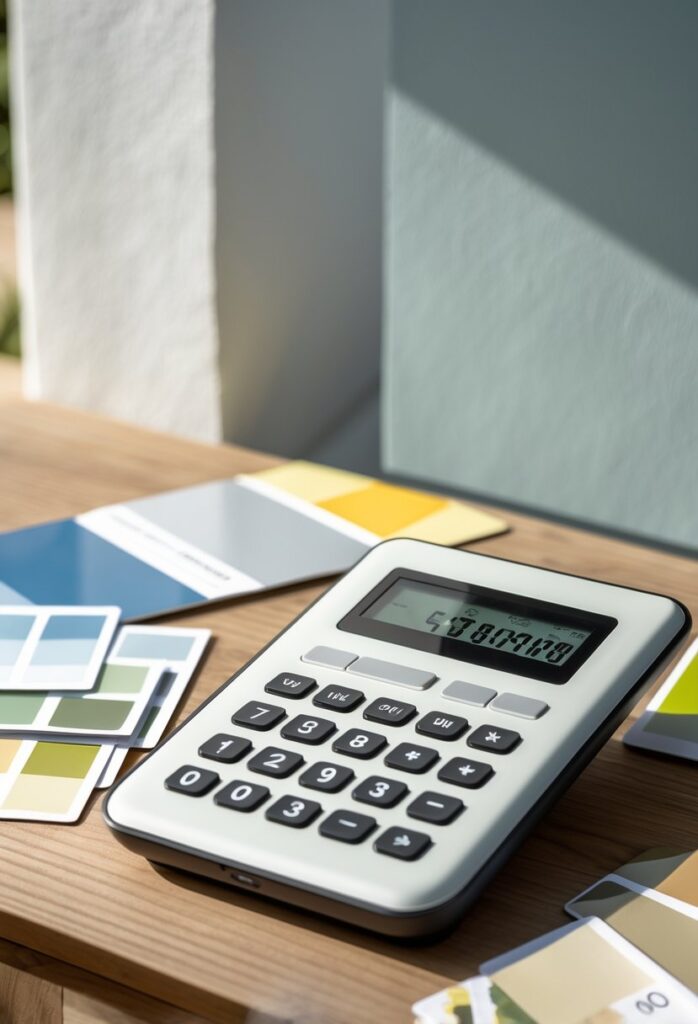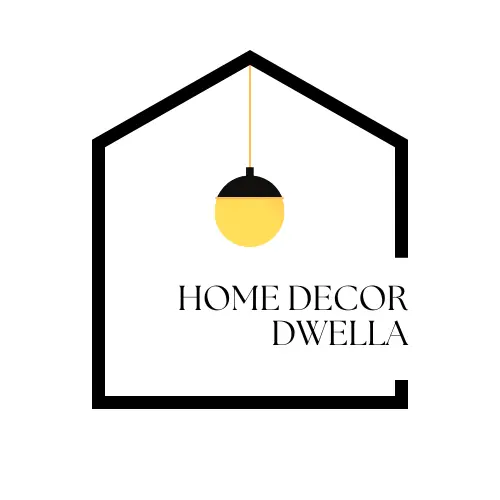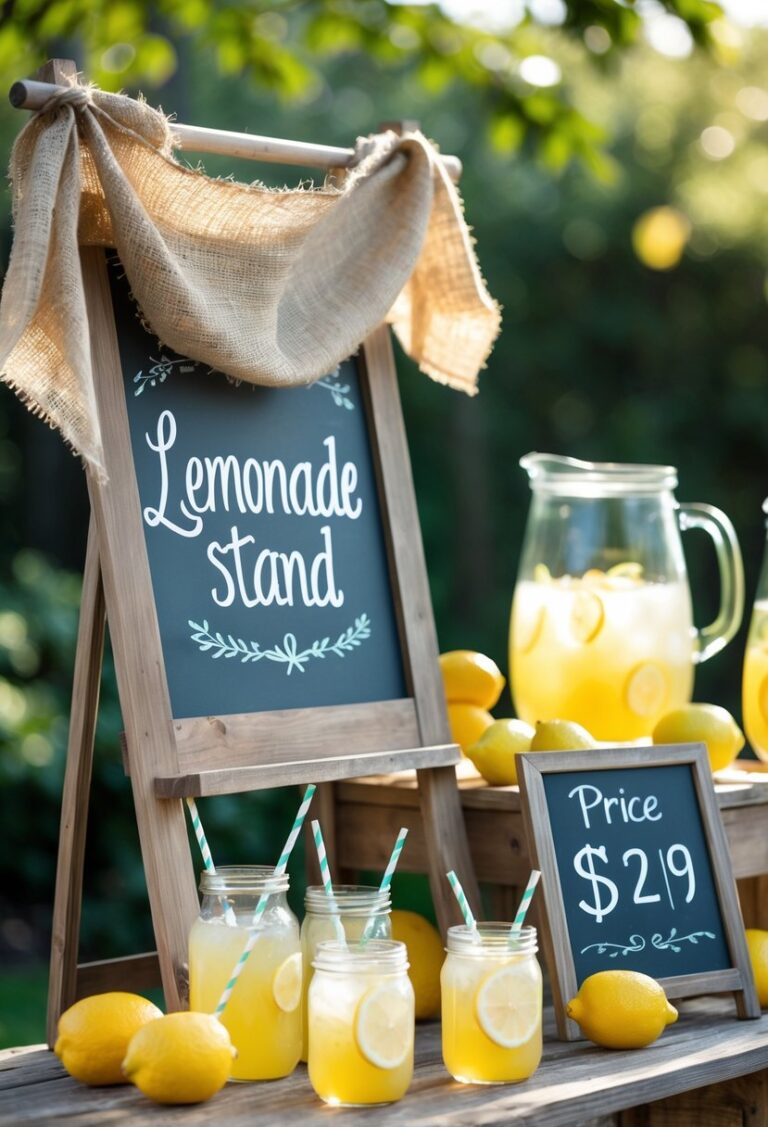Paint Calculator for Accurate Room Coverage and Cost Estimation
A paint calculator helps people figure out how much paint they need for a project. It uses measurements of walls, doors, and windows to estimate the total surface area that requires painting. This tool saves time and money by preventing the purchase of too much or too little paint.

Typically, one gallon of paint covers about 350 to 400 square feet. The calculator also adjusts for doors and windows, which lowers the amount of paint needed. By using a paint calculator, anyone can plan their project more accurately and avoid wasting materials.
Many paint calculators also include options to estimate primer and multiple coats, giving a more complete picture of the project’s requirements. This makes them useful for both small home jobs and large commercial projects.
How To Use a Paint Calculator Effectively
Using a paint calculator requires careful steps to get an accurate estimate. Measuring the space correctly, understanding coverage rates, and adjusting for the number of coats and surface types are essential. These details help avoid buying too much or too little paint.
🎨 Paint Calculator
Gathering Accurate Room Dimensions
The first step is to measure the room dimensions precisely. Measure the height and length of each wall in feet. Write down these numbers separately for every wall.
Next, account for windows, doors, and trim. Subtract the area of these non-paintable surfaces from your total wall area. For example, measure the height and width of each window and door and multiply to find their area. Subtract these from the total wall area to get the paintable area.
If you plan to paint the ceiling, measure its length and width. Include that surface area in your calculations.
Calculating Total Surface Area
Once dimensions are gathered, calculate the surface area by multiplying height by length for each wall. Add these values together to get the total wall area.
Include ceilings if they will be painted by multiplying their length and width and adding that to wall totals.
Use this formula for each wall:
Wall Area = Wall Height × Wall Length
Then add all wall areas and ceilings:
Total Surface Area = Sum of All Wall Areas + Ceiling Area (if any)
Subtract windows and doors as covered before to find the final paintable surface area.
Determining Coverage Rate and Paint Type
Determine your paint’s coverage rate, usually shown on the paint can or product details. Coverage rates differ by paint type. Most paints cover about 350-400 square feet per gallon.
Paint and primer in one products may cover less area, so check product labels carefully. Textured surfaces also reduce coverage because the paint absorbs more.
Select the correct paint type for your project, as some require more coats or different application methods. Mark coverage rates in your calculation to figure out gallons needed.
Factoring in Number of Coats and Application Methods
Most walls need at least two coats for even color and durability. Multiply the total paintable area by the number of coats planned.
Consider how the paint will be applied (brush, roller, or sprayer). Sprayers may lead to quicker coverage but more paint waste. Textured or rough surfaces need more paint because the texture absorbs more.
Adjust your estimate by adding 10-15% extra paint to cover touch-ups and mistakes. This helps ensure you have enough without making extra trips to the store.
Optimizing Your Painting Project
Careful planning helps save time, money, and materials in a painting project. Calculating paint needs accurately and understanding the differences between interior and exterior work make the process smoother. Knowing when to hire a professional can also prevent costly mistakes.
Estimating Paint Requirements and Budgeting
Estimating paint requirements starts with measuring the total surface area to be painted, including walls, ceilings, and trim. Most projects need two coats for good coverage, so the volume of paint should reflect that. Textured surfaces absorb more paint, requiring extra volume.
Using a paint calculator can provide an accurate amount based on room size and wall texture. Budgeting involves not just the cost of paint but also supplies like primer, brushes, and rollers. Primers are necessary for unpainted or dark surfaces and add to the total cost.
A simple budget checklist might include:
- Paint and primer costs
- Tools and equipment
- Extra paint for touch-ups or errors
- Labor if hiring help
Planning for Interior and Exterior Painting
Interior painting often needs precision with clean edges, especially near doors, windows, and trim. It requires choosing paint types that resist stains and are easy to clean. Lighting and room use impact the final paint color choice and finish.
Exterior painting demands materials that can withstand weather and temperature changes. Surfaces must be cleaned and repaired before painting. Selecting the right paint for siding, trim, or metal parts helps ensure durability. Weather conditions affect the timing and success of an exterior project.
Both types require accounting for drying times between coats and ventilation indoors or weather outdoors.
When To Consult a Professional Painter
Hiring a professional is wise for large projects or complicated surfaces. They can handle prep work like sanding, patching, and priming. Professionals also know how to choose the right paint types for different surfaces, which can save material and improve results.
If a project involves high walls, ceilings, or risky access areas, a professional painter can work safely with the right equipment. They may also speed up the job and offer warranties or guarantees on their work.
People unsure about estimating paint needs or how to prep surfaces might get better results and less frustration by hiring a professional.



